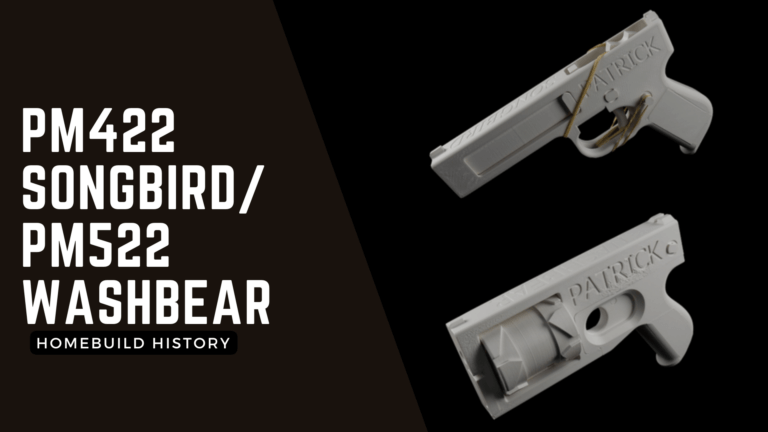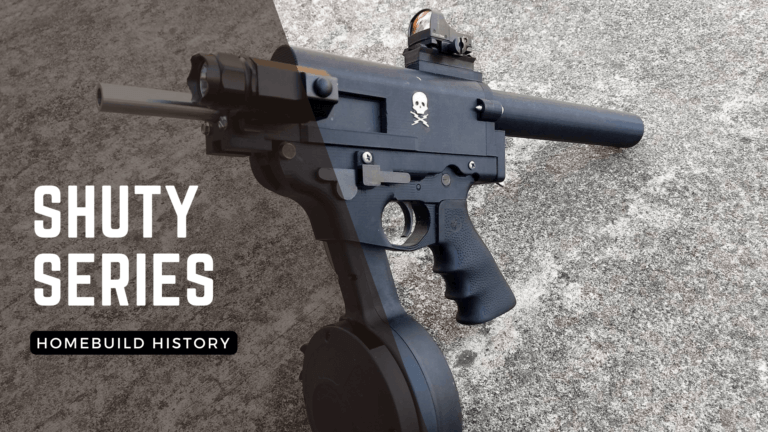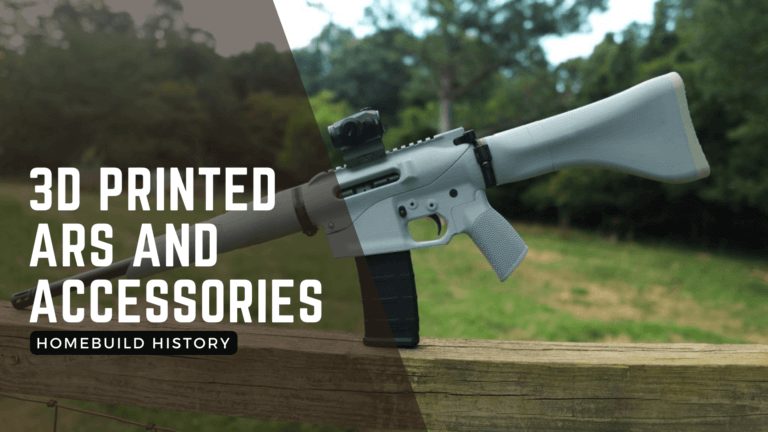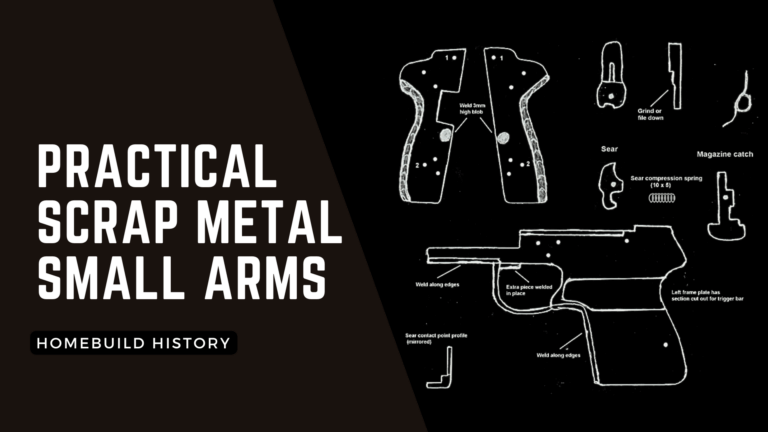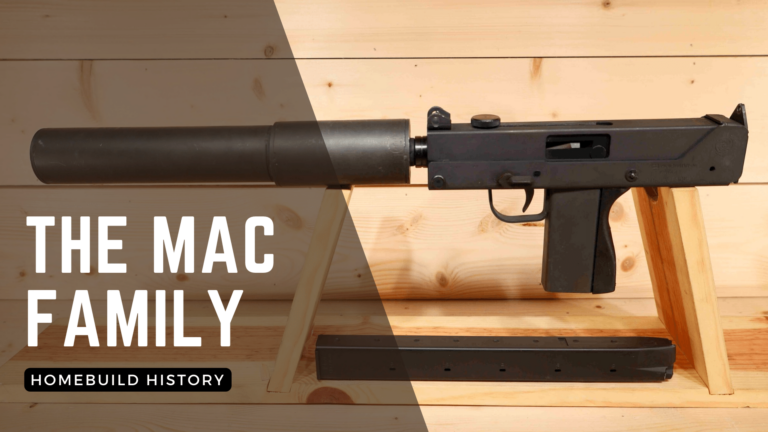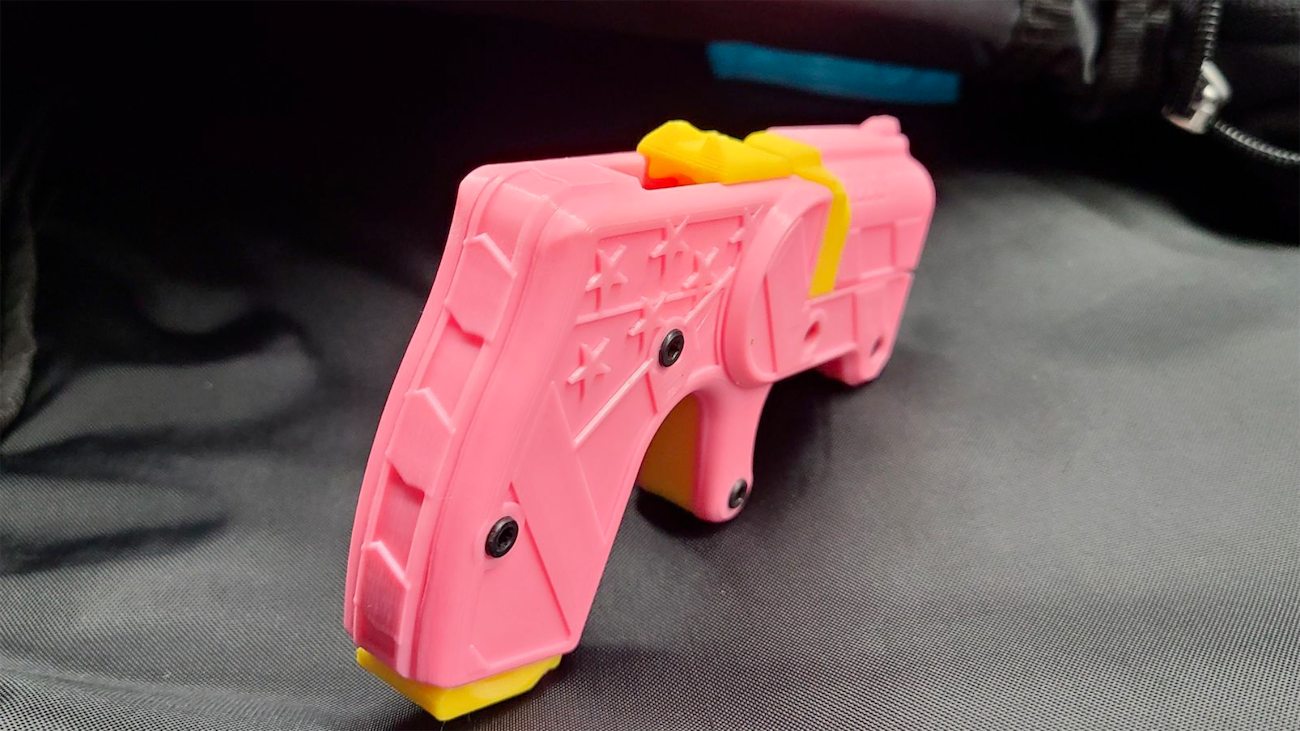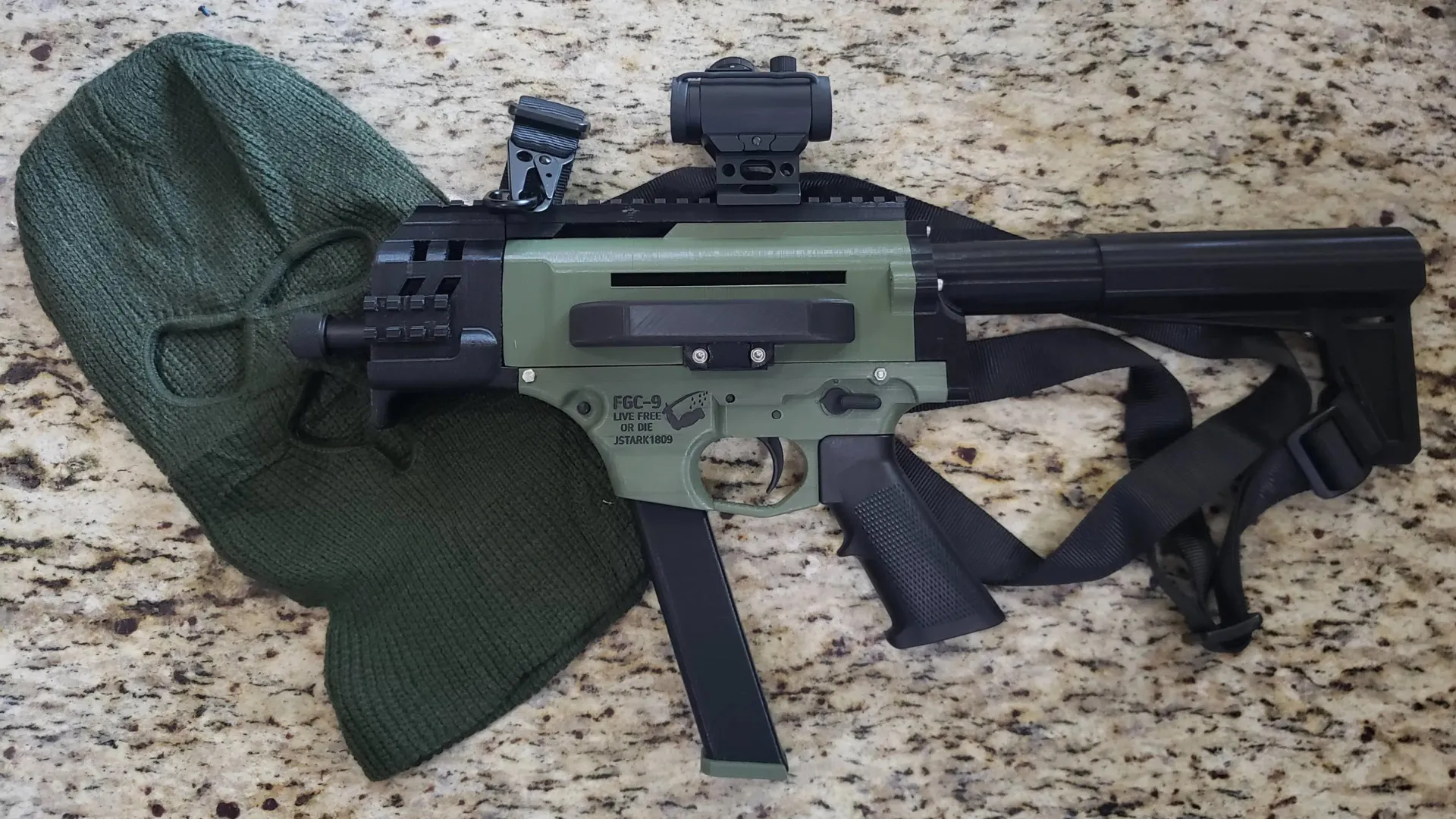Welcome to Homebuild History, a new segment on 3D Gun Builder’s website where we focus on the history of some of the most iconic homebuilt firearms, their contributions to the world, and most importantly, how YOU AT HOME can get your hands on these classic arms and armaments!
What’s the Story?
The year is 1942. World War II is in full swing in the Pacific Theater and the Philippines have fallen. MacArthur’s claim he “shall return” is weighing on the back of everyone’s mind, not just for the Filipinos whose sovereignty has come into question, but also the remaining Americans who’ve refused to go down without a fight.
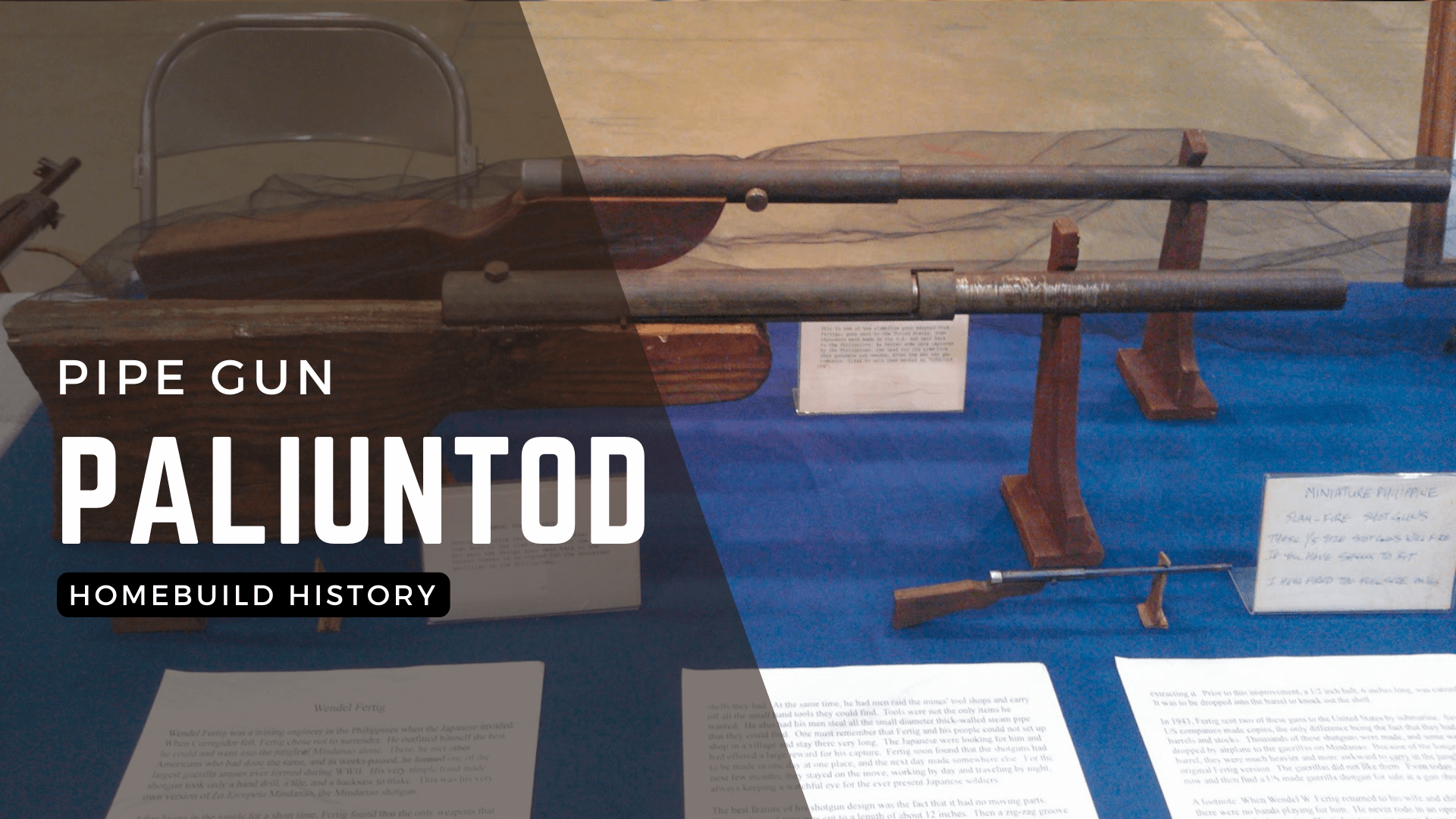
The arms and ammunition the Americans had been fighting with since the initial invasion began are running low, and getting spare parts from abroad is no longer an option. So it was that the Filipinos turned to local ingenuity above all other things to keep themselves armed in the face of occupation – and the paliuntod was born.
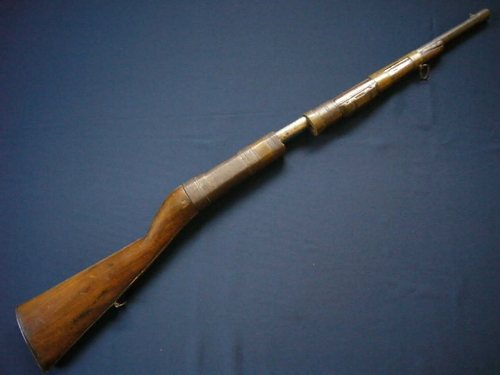
An incredibly simple and crude weapon, the paliuntod’s known as the pipe gun for a reason: that’s essentially what it is. Paliuntods in their crudest form are two lengths of pipe, one slid inside the other, with a shotgun shell or other projectile retained inside the smaller pipe. The shooter needs only slam that pipe back into the firing pin fixed at the back of the larger pipe to fire the weapon, hence the term “slamfire.”
During World War II, the paliuntod became part of the bread and butter of the Filipino resistance, used by American servicemen and local guerrillas respectively. As a single shot weapon, the intent behind their use was to ambush better-armed Japanese patrols or guards, kill them, and strip them of whatever guns, ammunition, and useful goods they possessed. While a small part of the war effort in the world’s biggest ocean, the paliuntod was enough to help keep the guerrillas alive and ready to aid MacArthur in his valiant return.
It was after the conflict ended that a crude weapon of war became a means of refining metal into money.
All-American Insurgency

Iliff D. “Rich” Richardson, fresh off his stint as an American soldier fighting against the Nipponese war machine, thought that there would be a market in America for insurgency-grade weaponry. With a glut of manufacturing left over after World War II, it wouldn’t be long before a commercial replica of the paliuntod he’d used in the Pacific came to the US market at a smooth $7 price point.
There were multiple versions. Some were as crude as the guns disposed of by guerrillas, just tubes screwed to a wooden stock. Others were “deluxe” models with manual “safety” triggers and vertical foregrips to make firing them easier and less likely to accidentally take out an eye. While a creative and innovative firearm for the 1940s, the R5 simply couldn’t match the prices of surplus GI shotguns. With everything from Winchester 1897s to Ithaca 37s flooding the market, there was no way that even at bottom-dollar prices the R5 could have an edge. The limited run of guns in their various variants are now valuable collector items, worth dozens of times their original retail price.
War to Peace to Crime
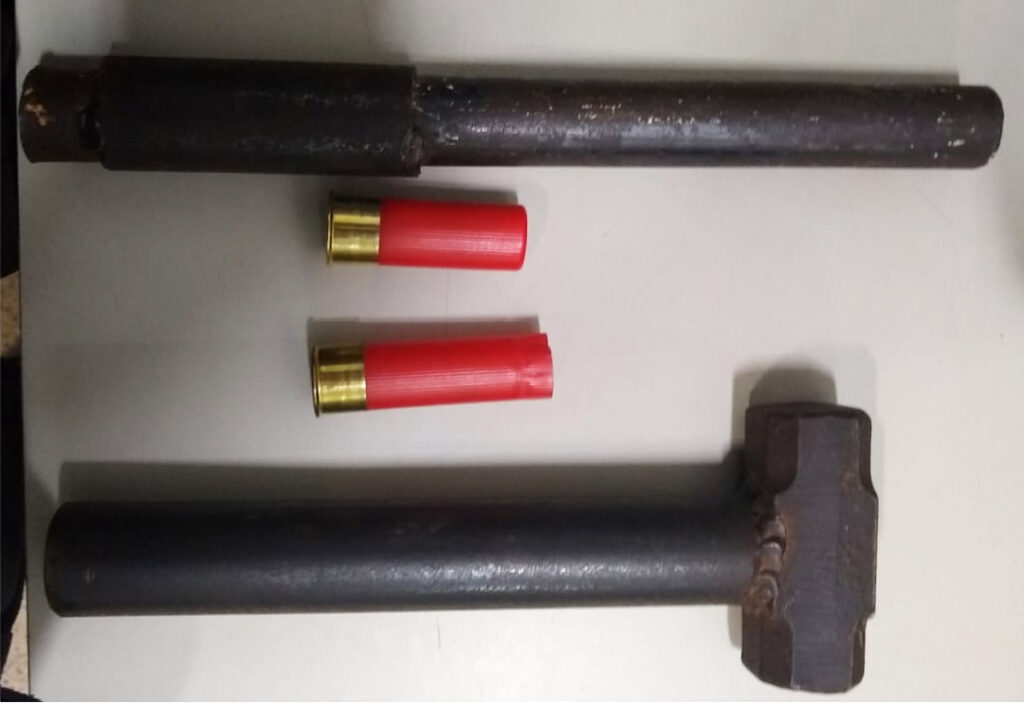
The simplicity of the paliuntod’s design meant that inevitably, it began to be fabricated by criminal elements in the Philippines. The rebel groups that ended up fighting the Marcos family used them. So have communists, jihadists, and local self-defense forces in the eighty-plus years since the earliest examples were made.
Because of how simple the design is, the paliuntod has been built and modified more than a 1960s roadster. The hammergun seen above isn’t the craziest variation of the design. Double-barrel paliuntods have been made by, and broken the shoulders of, several people in Latin America. Some paliuntods have all the options. Shell holders. Vertical foregrips. “Cookie cutter” pistol grips similar to the Sten submachine gun. Trigger “safeties” to keep the gun from accidentally slamfiring. Even underbarrel flashlights for “tactical” night operation – the sky really is the limit.
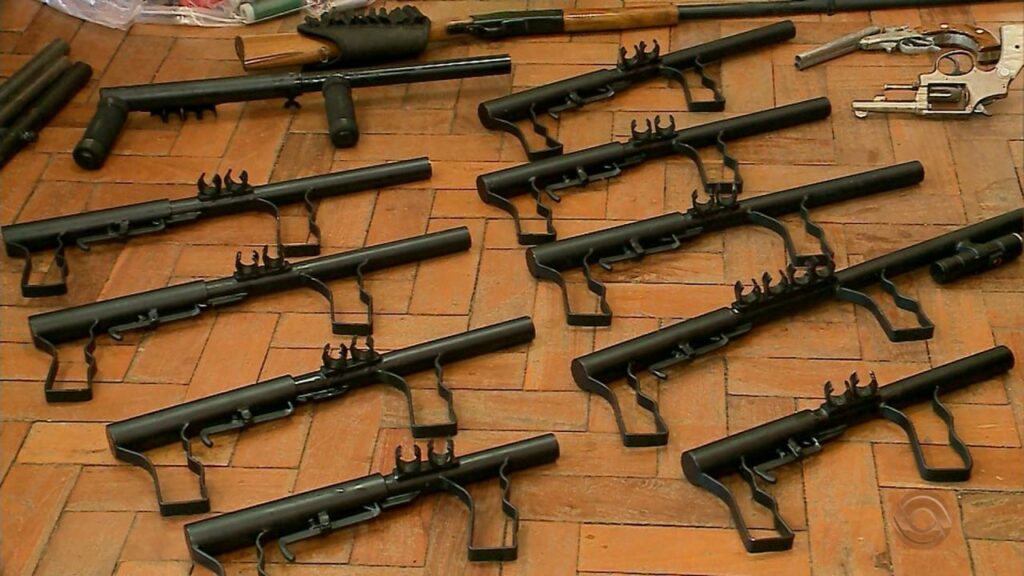
In the United States, where firearms are arm-in-arm with the world of hobbyists and DIY, and 3D gun builders have made companies like Creality and eSun hundreds of thousands in printer and filament sales, the paliuntod design makes money in another way – an easy build for grifting gun buybacks. The total cost to make a working example is the price of a dinner at Olive Garden, if not less. Considering how much in the way of cash cities are shilling out for anything considered a shotgun, people have made hefty three-to-four-figure profits building and turning in paliuntods in exchange for prepaid gift cards worth significantly more than the guns themselves.
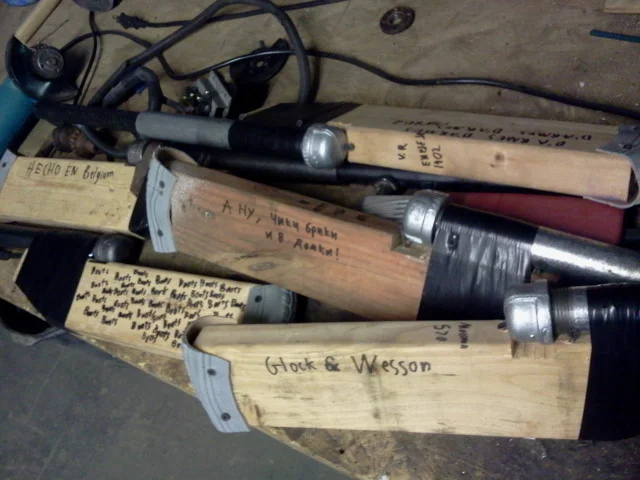
Technically, everyone wins with a paliuntod: the builders get paid. The anti-gunners at Everytown and Giffords get to pad their numbers with a bunch of “seized firearms.” Best of all, the police get to cringe at how stupid their city government bosses are for wasting taxpayer money. These buybacks are obviously ineffective in stopping criminals from possessing guns illegally. The homebuilt gun community’s also fortunate enough to get plenty of quality memes out of every sale.
How do I make it?
Now that basics are out of the way, what will you need to make one at home*? Well, take a look at infamous ultrasurvivalist Kurt Saxon’s instructions for making an example from a couple of decades back. Countless sources of media both written and filmed have explained how to build these things. A child can make one – they’re that easy to fabricate. Kurt’s writing, however, is clear, concise, and can fit into a single picture.
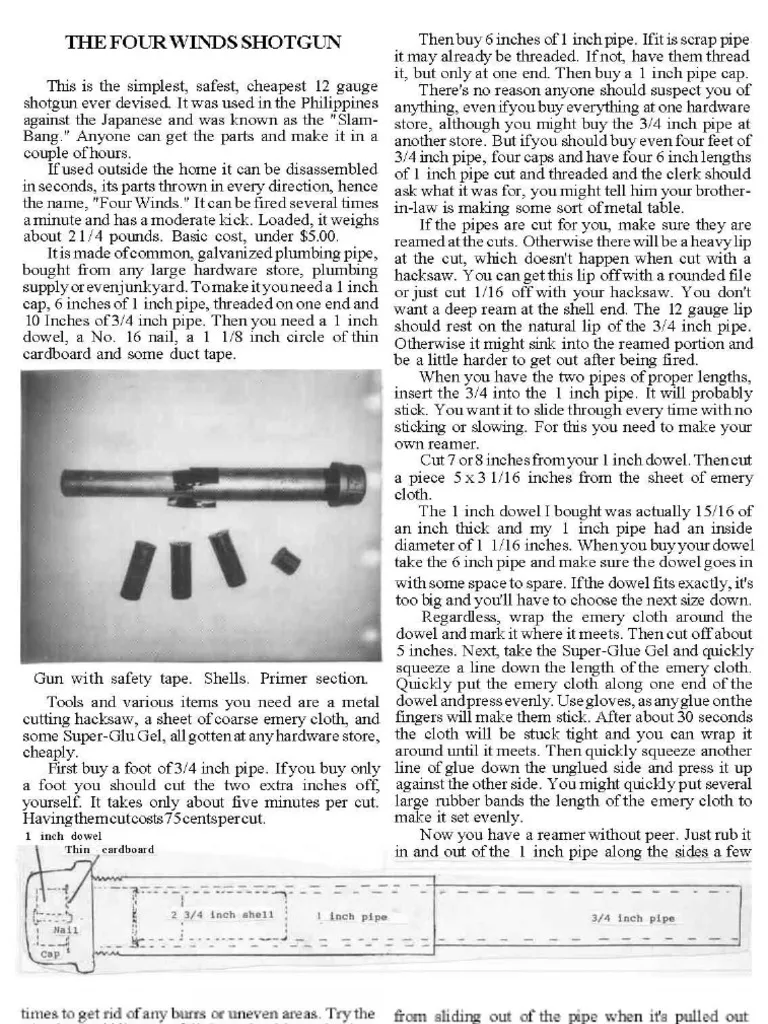
You’ll need 6 parts: a nail, a 1in dowel, some thin cardboard, a 1in metal pipe cap, some 1in threaded pipe, and some 3/4in pipe. The nail’s driven through the cap and cardboard, then cut down to size. The tip’s cut and blunted just enough to not pierce the primer when the gun’s fired. The “striker assembly” is epoxied into the cap, which gets screwed onto the 1in pipe. A shotshell gets placed into the end of the 3/4in pipe and stuck shell-first into the 1in pipe. After that, the weapon’s locked and loaded. Slam the 3/4in pipe into the 1in pipe, and kaboom. The pellets or slug are then sent flying downrange, probably missing whatever you want to hit past 5-10 feet.
Sadly, the days of churning out paliuntods at a $5-7 price point are long gone. That said, you can still, with a bit of frugal searching, make them for anywhere from $20-30. They’re probably some of the easiest guns to build. If you live in a buyback state, they’re certainly the easiest to turn into some serious cash.
Tune in next week for more Homebuild History!
*Legally, of course. Laws don’t stop you from building this, but we at 3DGunBuilder encourage readers to follow all legal guidelines. If you can’t make this in your state or country, please don’t try to. Just remember that this is here for educational and research purposes only.


